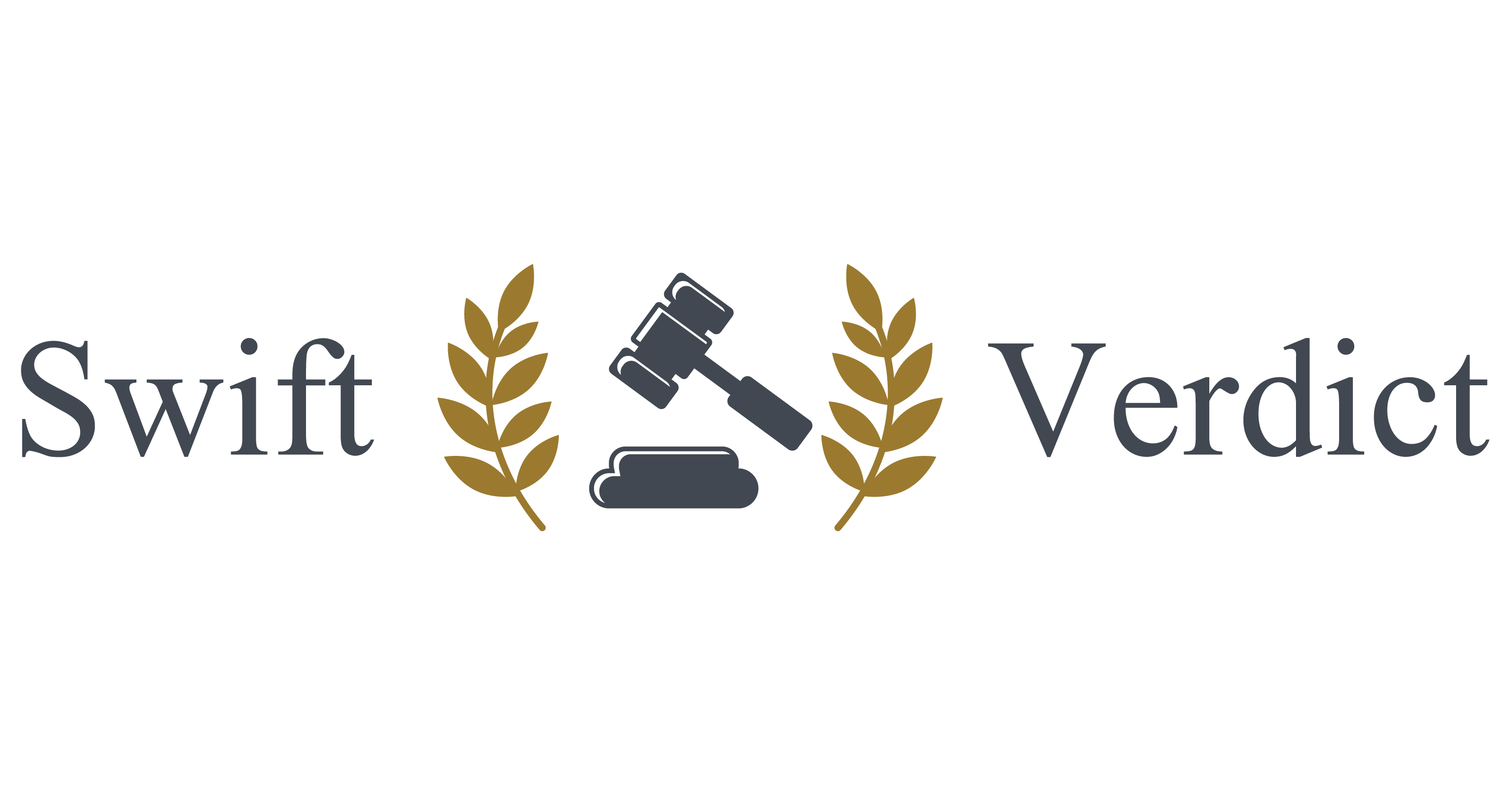The legal profession has historically seen significant gender gaps, especially in top positions and compensation. Despite years of progress, recent data highlights a persistent divide in income and opportunity for women lawyers, indicating that true equity remains elusive.
A 2020 study from the ABA’s Profile of the Legal Profession reveals some striking statistics: nearly no women ranked as the highest-paid attorney in their firms, underscoring ongoing challenges faced by women in the legal field.
The Pay Gap in Law Firms
For years, women lawyers have fought to break barriers in an industry known for its slow pace of change. However, the data is clear – only a small fraction of firms report a woman as their top-paid attorney. This pay gap not only affects immediate financial recognition but also impacts career development and client acquisition opportunities.

Women lawyers often encounter limitations in “making it rain”—an industry term for bringing in high-profile clients that drive revenue. Despite growing numbers of women in law, these financial and advancement gaps remain stark.
Challenges to Career Growth
The barriers facing women lawyers aren’t limited to compensation alone; career advancement poses additional hurdles. While the number of women entering law is increasing, many struggle to secure partnership roles or attain senior leadership positions.
Key barriers include:
1. Bias in Client Relationships
Women lawyers may face implicit biases, particularly in client-facing roles, that limit their opportunities to build high-value relationships.
2. Lack of Mentorship
Fewer female mentors at senior levels can make it difficult for women lawyers to navigate career obstacles or gain critical insights that male counterparts more readily receive.
3. Work-Life Balance Pressures
Unique challenges around work-life balance often play a more pronounced role for women, especially those balancing family responsibilities with demanding legal careers.
Progress and Hope for Future Equity
While the current data highlights significant challenges, some initiatives within the legal industry aim to address these imbalances. Law firms and industry leaders are increasingly recognizing the value of diversity and are implementing policies to improve equity.
Notable initiatives include:
1. Mentorship and Sponsorship Programs – Some firms are developing specific mentorship and sponsorship initiatives for women lawyers to help build their networks and develop business skills.
2. Flexible Work Policies – Recognizing the impact of work-life balance on career progression, firms are offering flexible work arrangements that allow lawyers to manage both professional and personal responsibilities effectively.
3. Leadership Development Programs – Targeted leadership programs are designed to help women lawyers acquire skills and opportunities needed for advancement to partner and executive roles.
The Importance of Representation and Client Acquisition

Representation at higher levels is essential for driving change in the legal industry. Women lawyers who reach senior roles can influence firm culture and encourage other women to excel in their careers. Client acquisition is a critical skill for lawyers aiming for the highest-paid positions, and firms are increasingly providing women with resources to build client bases effectively. By focusing on mentorship, networking, and client development, the hope is to see more women in influential and well-compensated roles in the coming years.
The Path Forward for Women Lawyers
Despite the hurdles that remain, the legal profession is slowly evolving, with a growing awareness of the need for true gender equity. As more women lawyers rise to positions of influence, there’s hope that compensation and recognition will increasingly reflect their contributions and expertise.
Building an environment where all lawyers can thrive, regardless of gender, will not only benefit individual attorneys but will also strengthen the profession as a whole.




